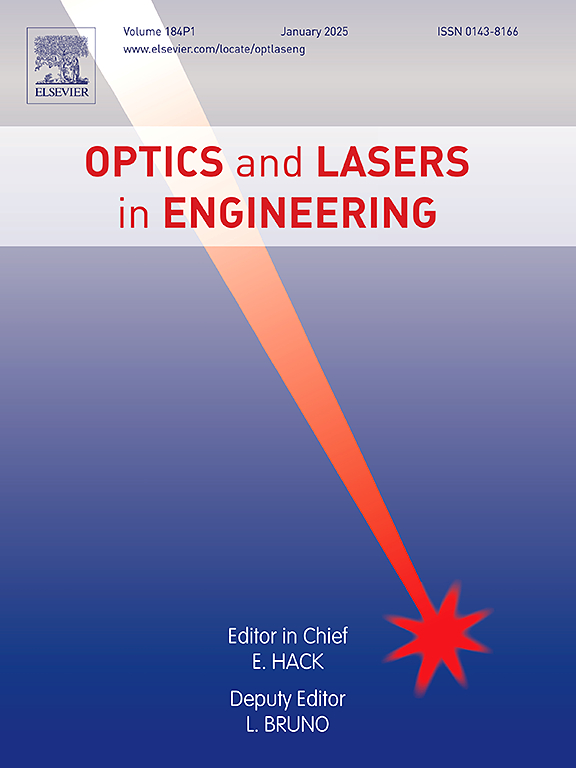A review on the development of 3D image reconstruction algorithms based on sparse single-photon data
IF 3.7
2区 工程技术
Q2 OPTICS
引用次数: 0
Abstract
Single-photon light detection and ranging (SP-LiDAR), which is recognized for its single-photon sensitivity and picosecond-level time resolution, excels at extracting target information from weak signals by accumulating multiple counts. This technology has been extensively applied in precise cartographic mapping and accurate navigation of autonomous vehicles. Owing to the advantages of image reconstruction algorithms in single-photon high-resolution real-time imaging, including low cost, minimal technical complexity, and superior reconstruction quality, these algorithms have become a focal point in single-photon imaging research. To address the challenges of sparse signals and intense noise in single-photon imaging, researchers have employed regularized optimization algorithms, Bayesian probability models and deep learning architectures to extract target features under adverse conditions, significantly enhancing the performance of imaging systems. Based on the detection and imaging principles of single-photon LiDAR, this paper critically reviews typical research on image reconstruction algorithms in photon-starved regimes and their advancements for complex detection targets and attenuative transmission media and discusses potential future directions for these algorithms.
基于稀疏单光子数据的三维图像重建算法研究进展
单光子光探测与测距(SP-LiDAR)以其单光子灵敏度和皮秒级的时间分辨率而闻名,擅长通过多次计数从微弱信号中提取目标信息。该技术已广泛应用于自动驾驶汽车的精确制图和精确导航。由于单光子高分辨率实时成像中图像重建算法成本低、技术复杂度小、重建质量好等优点,这些算法已成为单光子成像研究的热点。为了解决单光子成像中信号稀疏和噪声强烈的问题,研究人员采用正则化优化算法、贝叶斯概率模型和深度学习架构来提取不利条件下的目标特征,显著提高了成像系统的性能。基于单光子激光雷达的探测和成像原理,本文评述了光子匮乏状态下图像重建算法的典型研究及其在复杂探测目标和衰减传输介质中的进展,并讨论了这些算法的潜在未来发展方向。
本文章由计算机程序翻译,如有差异,请以英文原文为准。
求助全文
约1分钟内获得全文
求助全文
来源期刊

Optics and Lasers in Engineering
工程技术-光学
CiteScore
8.90
自引率
8.70%
发文量
384
审稿时长
42 days
期刊介绍:
Optics and Lasers in Engineering aims at providing an international forum for the interchange of information on the development of optical techniques and laser technology in engineering. Emphasis is placed on contributions targeted at the practical use of methods and devices, the development and enhancement of solutions and new theoretical concepts for experimental methods.
Optics and Lasers in Engineering reflects the main areas in which optical methods are being used and developed for an engineering environment. Manuscripts should offer clear evidence of novelty and significance. Papers focusing on parameter optimization or computational issues are not suitable. Similarly, papers focussed on an application rather than the optical method fall outside the journal''s scope. The scope of the journal is defined to include the following:
-Optical Metrology-
Optical Methods for 3D visualization and virtual engineering-
Optical Techniques for Microsystems-
Imaging, Microscopy and Adaptive Optics-
Computational Imaging-
Laser methods in manufacturing-
Integrated optical and photonic sensors-
Optics and Photonics in Life Science-
Hyperspectral and spectroscopic methods-
Infrared and Terahertz techniques
 求助内容:
求助内容: 应助结果提醒方式:
应助结果提醒方式:


